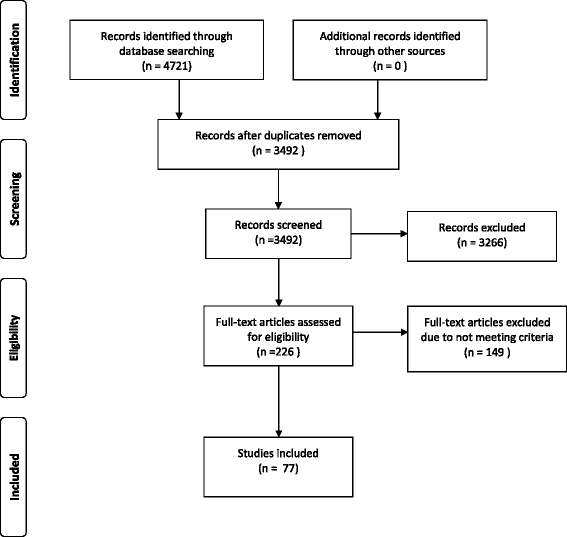Effectiveness of chronic care models: opportunities for improving healthcare practice and health outcomes: a systematic review
- PMID: 25958128
- PMCID: PMC4448852
- DOI: 10.1186/s12913-015-0854-8
Effectiveness of chronic care models: opportunities for improving healthcare practice and health outcomes: a systematic review
Abstract
Background: The increasing prevalence of chronic disease and even multiple chronic diseases faced by both developed and developing countries is of considerable concern. Many of the interventions to address this within primary healthcare settings are based on a chronic care model first developed by MacColl Institute for Healthcare Innovation at Group Health Cooperative.
Methods: This systematic literature review aimed to identify and synthesise international evidence on the effectiveness of elements that have been included in a chronic care model for improving healthcare practices and health outcomes within primary healthcare settings. The review broadens the work of other similar reviews by focusing on effectiveness of healthcare practice as well as health outcomes associated with implementing a chronic care model. In addition, relevant case series and case studies were also included.
Results: Of the 77 papers which met the inclusion criteria, all but two reported improvements to healthcare practice or health outcomes for people living with chronic disease. While the most commonly used elements of a chronic care model were self-management support and delivery system design, there were considerable variations between studies regarding what combination of elements were included as well as the way in which chronic care model elements were implemented. This meant that it was impossible to clearly identify any optimal combination of chronic care model elements that led to the reported improvements.
Conclusions: While the main argument for excluding papers reporting case studies and case series in systematic literature reviews is that they are not of sufficient quality or generalizability, we found that they provided a more detailed account of how various chronic care models were developed and implemented. In particular, these papers suggested that several factors including supporting reflective healthcare practice, sending clear messages about the importance of chronic disease care and ensuring that leaders support the implementation and sustainability of interventions may have been just as important as a chronic care model's elements in contributing to the improvements in healthcare practice or health outcomes for people living with chronic disease.
References
-
- World Health Organization . Noncommunicable diseases country profiles 2011. Geneva: WHO; 2011.
-
- Kesteloot K. Disease management: a new technology in need of critical assessment. Int J Technol Assess Health Care. 1999;15:506–19. - PubMed
Publication types
MeSH terms
LinkOut - more resources
Full Text Sources
Other Literature Sources
Medical
Miscellaneous


